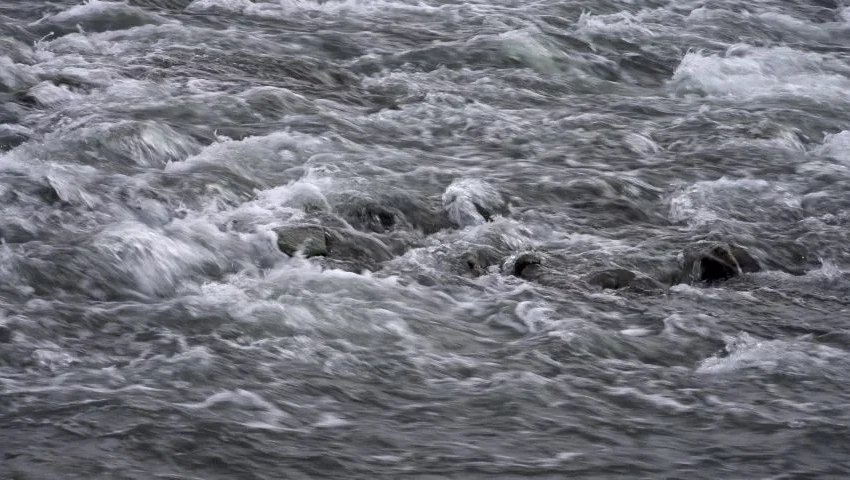
The butterfly leader is not always valued for her practicality, as is the silkworm leader, nor does she have the potential assigned to a leader who is living in a cocoon. The butterfly leader is a real person rather than a mythic possibility. The butterfly leader must find purpose and value in subtle ways. She must carefully choose a perspective while learning how to center and balance in a white-water environment. I am about to consider the matter of perspective and will be focusing on white-water balance in the second essay in this series.
From Ambiguity to Perspective
When addressing the prominent VUCA-Plus condition of Ambiguity, it is important to determine the perspective to be taken in viewing the world and determining what is real. Up close (a proximal perspective) our world is likely to feel quite hazy. Everything is swirling around us in something of a blur and in great quantity. It is sometimes stated that we are receiving our news as if the fire hydrant has been opened up and we are trying to have a drink. Fortunately, we have the option (at least at times) of taking a more distant view of our world (a distal perspective). We can listen to a historian. They can place our current crises in a broader (even cyclical) context. We can look toward a far horizon (both temporal and spatial) to gain a clearer sense of what is occurring. This broader perspective is particularly important if we are concerned with Essential matters in our relationships, organization, community, nation or planet—in our life!
There is also the matter of choosing the mode of discernment we take regarding our view of the world. Do we rely on numbers or on narratives? Do we focus on the big picture or on the smaller, more intimate picture? Which mode of discernment is most likely to lead us away from Ambiguity to a clear and “realistic” viewpoint?
Numbers vs. Narratives
As we seek to identify and gain a full understanding of that which is Essential, a central problem emerges regarding Ambiguity. When things are hazy, reality depends on the way in which “facts” are framed (Weitz and Bergquist, 2024). Do we focus on convincing numbers or a compelling narrative when seeking to deal with something that is Essential? Which source of “facts” is most important for us to embrace when addressing something that is very important? Do we seek out the Quantitative Facts that are in front of us and other people? Or do we search for a story that elicits emotions and a sense of personal understanding?
In the battle between numbers and narratives, bet on the narrative—especially when it comes to finding what is Essential in the midst of Ambiguity. Even more importantly, bet on the single case rather than the numerous cases. Behavioral economists (e.g. Kahneman, 2011; Ariely, 2008) have shown us that we are most likely to attend to a specific tragic event rather than the large-scale catastrophe. There is the remarkable photographic portrayal in the movie, Schindler’s List, of a single girl in a Jewish Ghetto being followed through the streets as people all around her are being herded off to the concentration camps. Somehow, the tragic life (and death) that is awaiting this girl is more compelling than the tragedy evident among those who have already been placed in trucks that are headed to the camps.
Download Article














